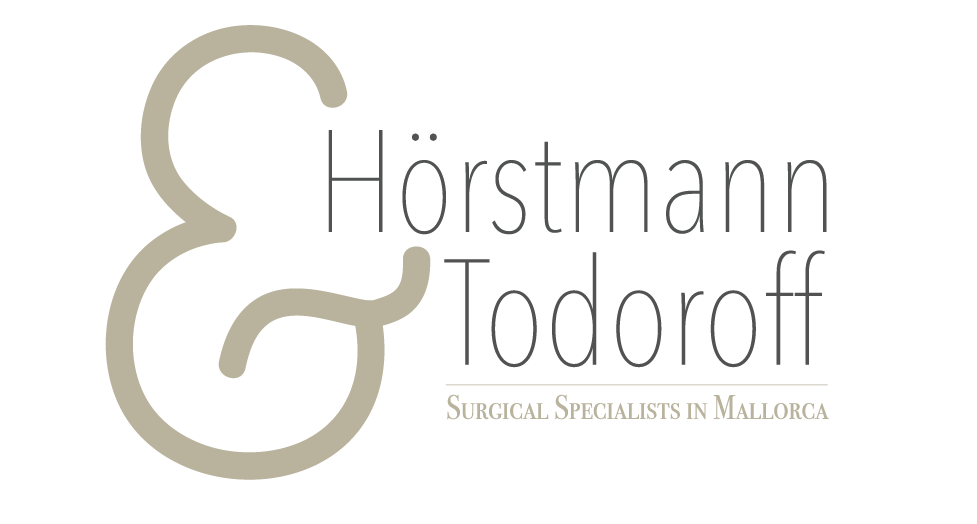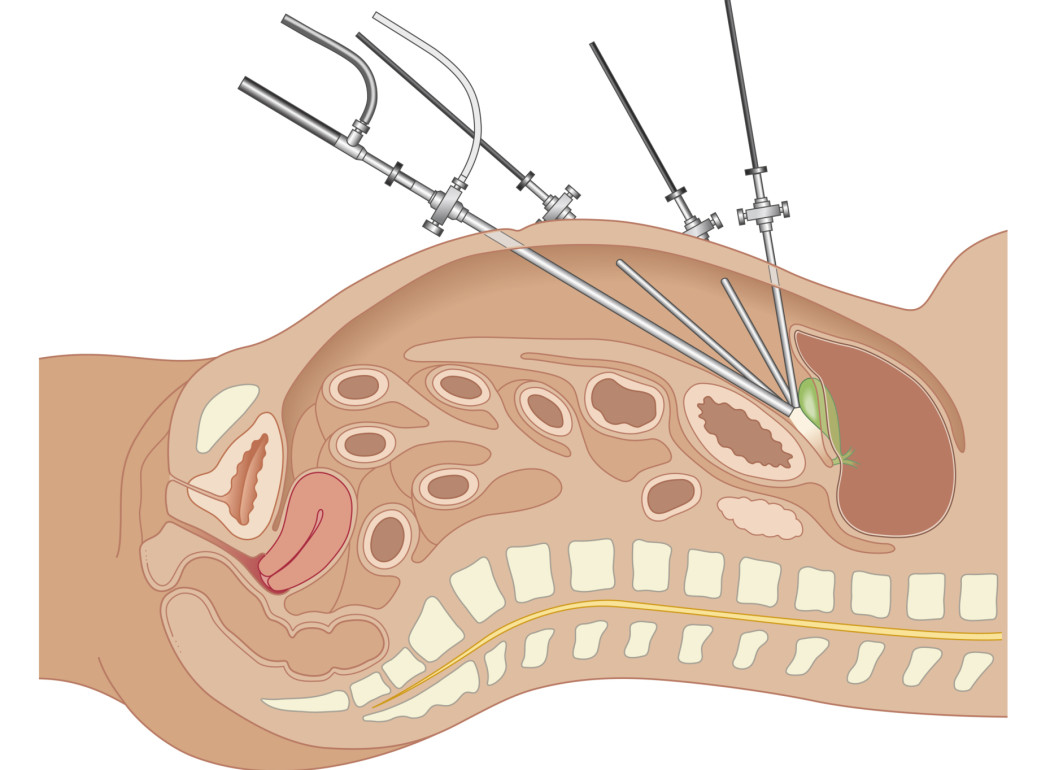Laparoscopic surgery also known as “Keyhole” surgery has changed operative medicine in the last two decades more than any other development and has clearly replaced the conventional “open” methods in some surgical procedures.
The first reports of laparoscopic surgeries date back to 1901. The German surgeon Georg Kelling described the technique of examining the abdominal cavity in a dog with a cystoscope, a device which is otherwise used by urologists for bladder examinations (cystoscopies). Kelling insufflated normal indoor air filtered through sterile cotton wool into the peritoneal cavity of a dog. He then put the cystoscope into the abdomen and this way was able to examine the dog’s internal organs from the outside through a tiny little incision.
The first laparoscopy in humans was conducted in 1910 by Jacobaeus. Since 1933 carbon dioxide is used instead of air and this has, apart from sterility, the advantage that the remaining gas in the abdomen can be painlessly absorbed by the body. Furthermore the surgeon can work with electric instruments without any problems.
Until relatively recently laparoscopy, both in Europe and in America, was mainly the domain of Obstetricians and Gynecologists. Prof. Semm in Kiel developed the technique with several Troikaren (= large diameter cannulas), whereby more complex interventions were possible and In 1983 the first laparoscopic appendectomy was performed
A great advance brought the video laparoscopy, whereby a color video camera is attached onto the laparoscope. With this techique not only can the surgeon see inside the abdomen through the laparoscope but everybody involved can follow the operation on color monitors and actively participate in the operation. 1986 Ernst Mühe reported on the German Chirurgentag the first laparoscopic cholecystectomy in humans. Today minimal invasive surgery is possible for almost all abdominal operations. The advantages compared to the open method are particularly useful in cholecystectomy (gall bladder removal), fundoplication practiced for the reflux of the stomach contents and large intestine resection.
Disadvantages of open abdominal surgery:
- There needs to be a wide access to the diseased organ to perform the intervention and after completion of the procedure, the body cavity must be closed which is a time consuming procedure.
- There is considerable postoperative pain as a consequence of the large cut through the abdominal wall. This post-operative pain then affects the activity and mobility of the patient as well as the breathing and contributes to the well-known postoperative complications of surgery such as pneumonia, infections, venous thrombosis, embolism, etc.
- The wide opening of body cavities leads to a cooling of the patient and to increased fluid loss through evaporation.
- Often the incisions are kept open with great force with the use of metal hooks or mechanical holding devices which can lead to injury of internal organs such as the spleen and / or liver.
- In case of damaging the delicate skin of the small intestine skins in the postoperative phase, adhesions can occur which can lead to a further operation.
- Finally from the large incisions even more dangerous complications can arrise: inflammation, rupture of the closing sutures (suture dehiscence) and incisional hernias.
Advantages of Minimal Invasive Surgery:
- The main advantage lies in the reduction of the trauma which is required to get access to the abdominal cavity.
- The interventions are carried out under direct vision through the laparoscope in closed body cavities. Using the video camera, the surgeon can operate a lot more exact using the magnifying screen.
- For the preparation of the tissues which are going to be removed, very fine instrument are used, whereby the surgical trauma is further reduced.
- The postoperative immune function and stress response after minimally invasive surgery was particularly studied. It was found that much less stress on the immune system occurs in laparoscopic surgery, which is of particularly importance in cancer treatment.
- In addition, lung function deteriorated after laparoscopic surgery is less and the professional activity of the patients can be resumed much faster. In addition, in this technique the blood loss is substantially smaller and shortens the intestinal paralysis (= atony). Thus, the patient can take fluids by mouth a few hours after the operation.
- The new laparoscopic surgical method has brought a real alternative to many open surgeries. It avoids the disadvantages associated with the opening of the abdominal wall, allows more precise and gentler preparation and thereby reduces the surgical trauma.
- This method is the future of surgery and the operating activities in general.

